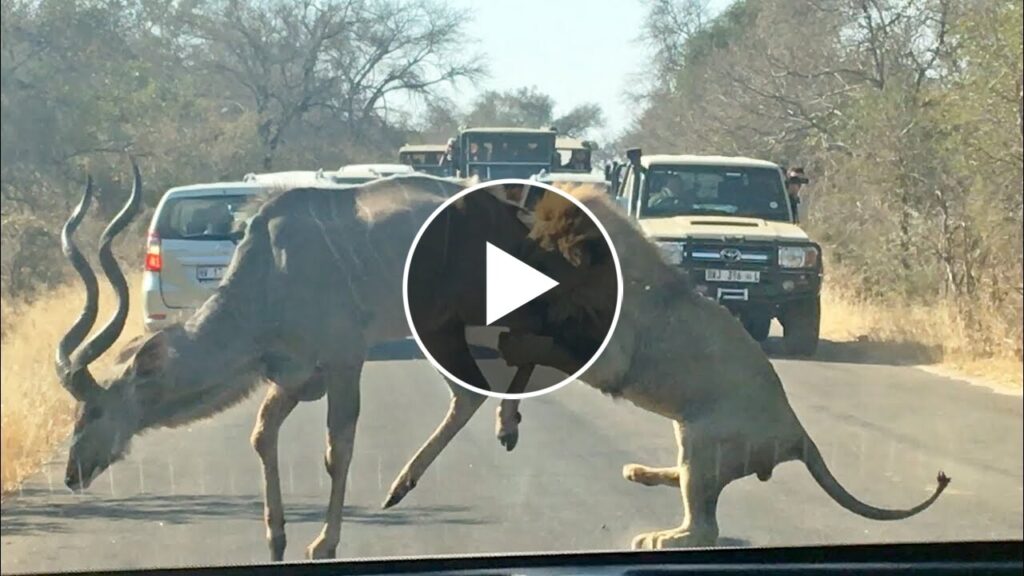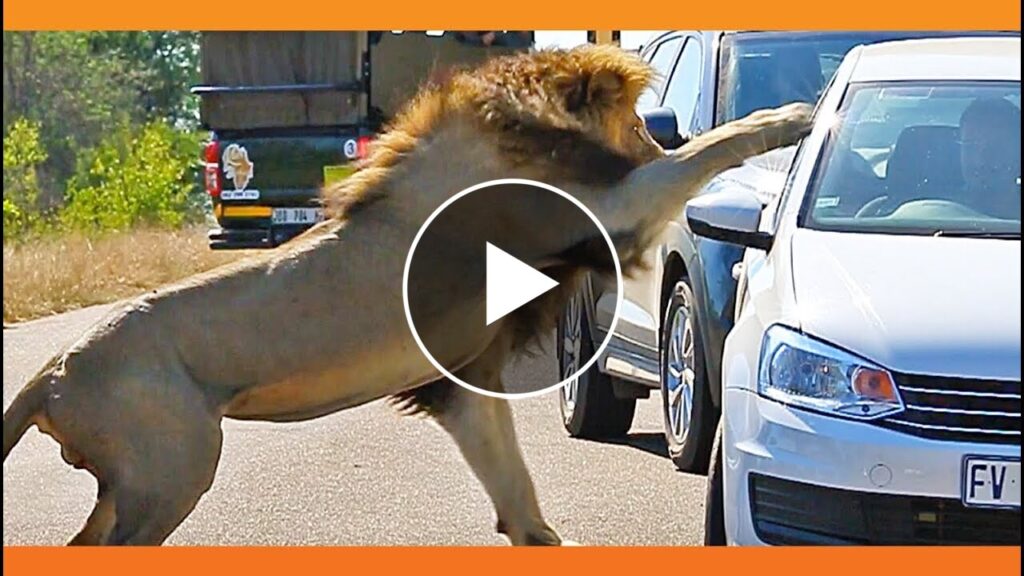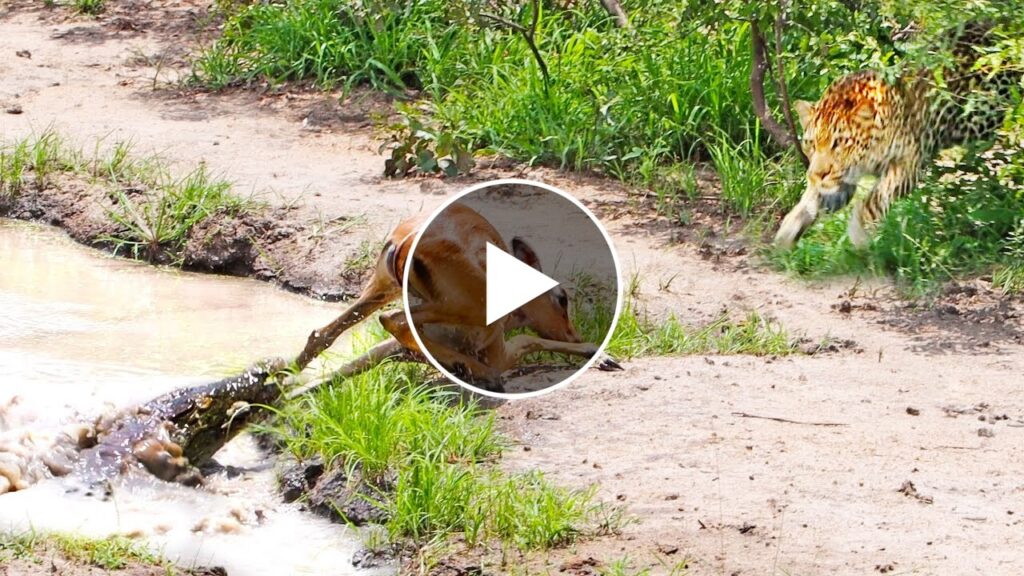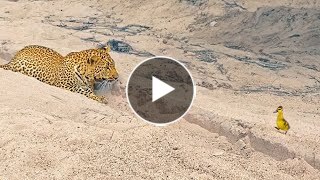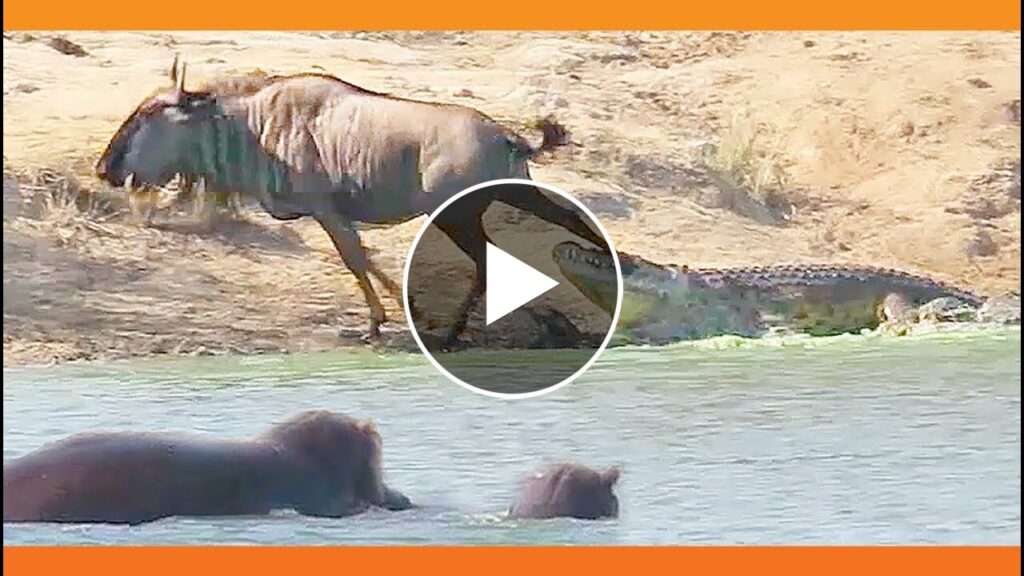The Arctic region is home to a unique group of nomadic reindeer herders who have adapted their lifestyles to the harsh and often unforgiving environment. These communities, primarily found in areas such as northern Scandinavia, Siberia, and parts of Alaska, rely heavily on reindeer for their survival. The herders engage in a traditional way of life that revolves around the seasonal migration of their herds, following the natural patterns of grazing and the changing climate. This nomadic existence is not merely a choice but a necessity, as it allows them to access the resources needed for sustenance, clothing, and shelter.
The relationship between the reindeer herders and their animals is deeply intertwined, characterized by a profound understanding of the reindeer’s behavior and needs. The herders employ a range of techniques to manage their herds, including selective breeding and the use of traditional knowledge passed down through generations. This expertise enables them to maintain healthy populations of reindeer, which are crucial for their livelihoods. The herders also utilize the reindeer for various purposes, such as transportation, food, and materials for clothing and tools, showcasing a sustainable approach to resource management that has been honed over centuries.
In recent years, the challenges faced by Arctic reindeer herders have intensified due to climate change, industrial development, and shifting land use patterns. These factors threaten not only the herders’ way of life but also the delicate ecosystems they inhabit. As temperatures rise and traditional migration routes become disrupted, the herders are forced to adapt to new realities, often leading to conflicts over land and resources. Despite these challenges, many reindeer herders continue to advocate for their rights and work towards preserving their cultural heritage, striving to find a balance between modernity and tradition in an ever-changing world.
Japanese spiny lobster vs Cat
The Japanese spiny lobster, known scientifically as Panulirus japonicus, is a fascinating marine creature that inhabits the coastal waters of Japan and other parts of the Pacific. This species is characterized by its long, spiny antennae and a robust body covered in a hard exoskeleton, which provides protection from predators. Typically found in rocky crevices and coral reefs, the Japanese spiny lobster plays a crucial role in its ecosystem, contributing to the balance of marine life. Its diet primarily consists of mollusks, crustaceans, and other small marine organisms, showcasing its role as both a predator and prey within its habitat.
In contrast, the domestic cat, Felis catus, is a familiar companion to humans and has been domesticated for thousands of years. Cats are known for their agility, sharp retractable claws, and keen hunting instincts, which make them effective predators of small animals such as rodents and birds. Their social behavior varies widely, with some cats being highly affectionate and others displaying more independent traits. The bond between cats and humans has evolved over time, leading to a variety of breeds, each with unique characteristics and temperaments, making them one of the most popular pets worldwide.
While the Japanese spiny lobster and domestic cat belong to entirely different ecosystems—one thriving in the ocean and the other in human households—they both exhibit remarkable adaptations that allow them to survive and thrive in their respective environments. The lobster’s physical adaptations, such as its spiny exterior and ability to camouflage among rocks, contrast sharply with the cat’s agility and sensory capabilities, which aid in hunting and social interaction. These differences highlight the diversity of life on Earth, showcasing how various species have evolved distinct traits to navigate their unique challenges and environments.
Wild Rat Has Epic Stand-Off With Cat
A wild rat recently found itself in a remarkable confrontation with a cat, showcasing an unexpected display of courage and tenacity. The scene unfolded in a quiet suburban backyard, where the rat, typically seen as a timid creature, stood its ground against the feline predator. As the cat approached with its usual stealth and predatory grace, the rat, instead of fleeing, adopted a defensive posture, its tiny body tense and alert. This unusual behavior caught the attention of onlookers, who were both surprised and intrigued by the unfolding drama.
The standoff lasted several tense moments, with the cat circling the rat, its eyes fixed intently on its potential prey. However, the rat, undeterred by the looming threat, began to make bold movements, darting back and forth in a display of defiance. It was as if the rat understood the stakes of the encounter, and rather than succumbing to fear, it chose to fight for its survival. The cat, taken aback by the rat’s unexpected bravery, hesitated, momentarily breaking its predatory focus. This pause allowed the rat to gain a slight advantage, showcasing its agility and quick thinking in a life-or-death situation.
Ultimately, the encounter ended without a clear victor, as the rat managed to escape into a nearby burrow, leaving the cat bewildered and empty-pawed. This extraordinary moment not only highlighted the instinctual behaviors of both animals but also served as a reminder of the unpredictable nature of wildlife interactions. The rat’s unexpected stand against the cat has since become a topic of discussion among local residents, illustrating that even the smallest creatures can exhibit remarkable resilience when faced with


